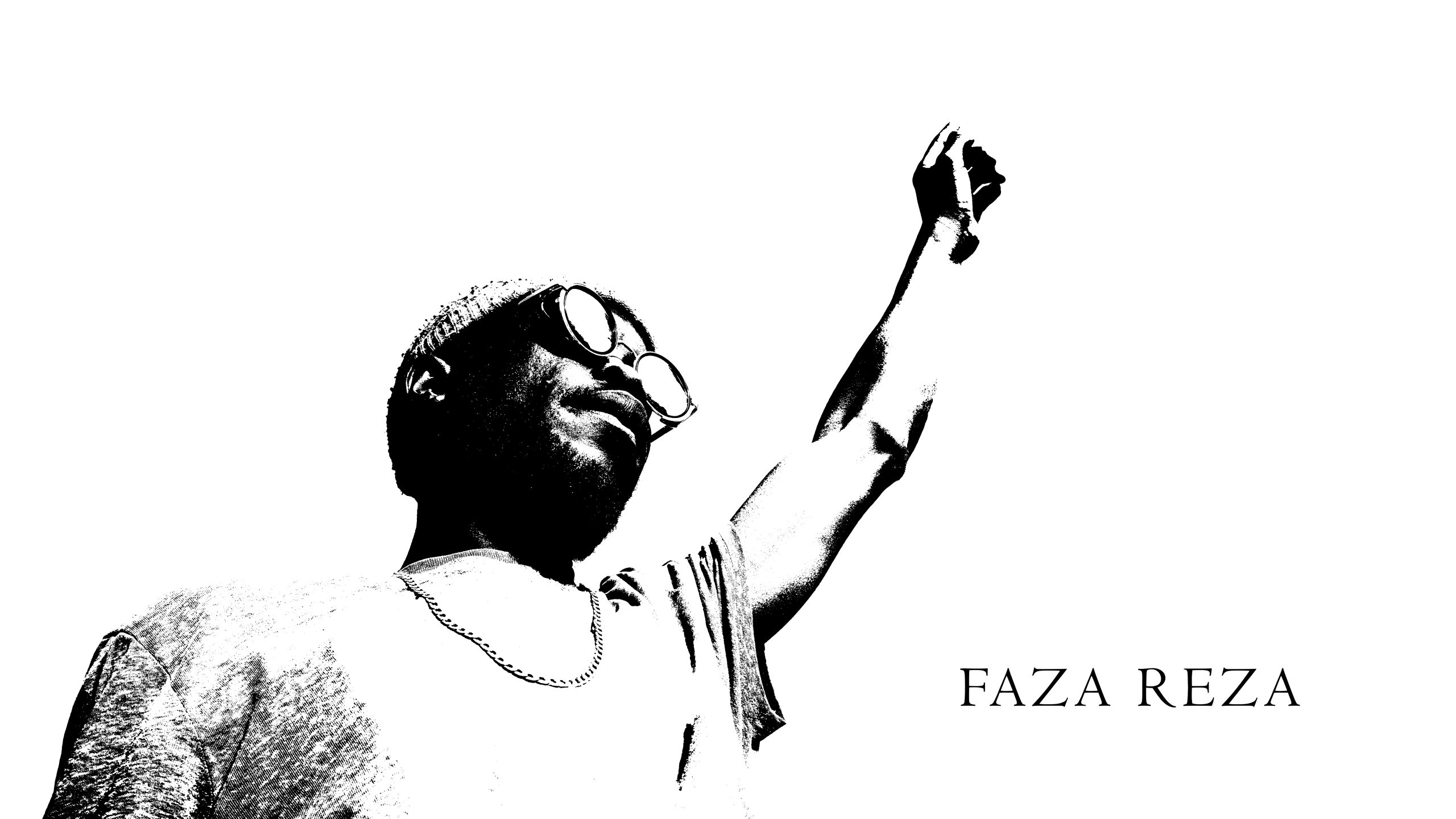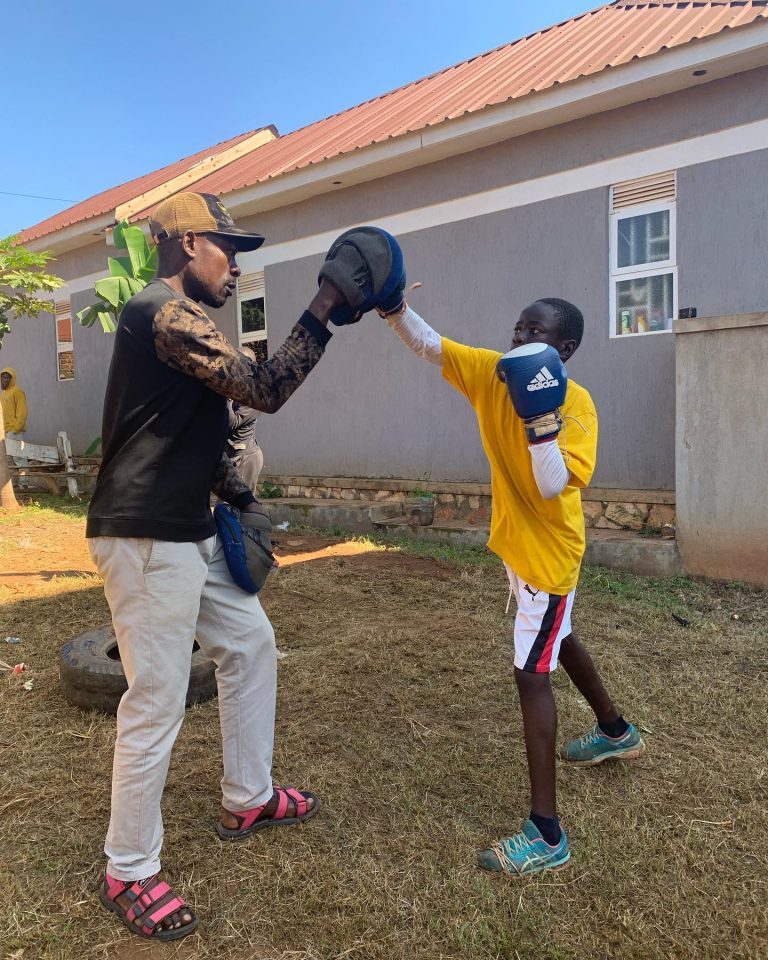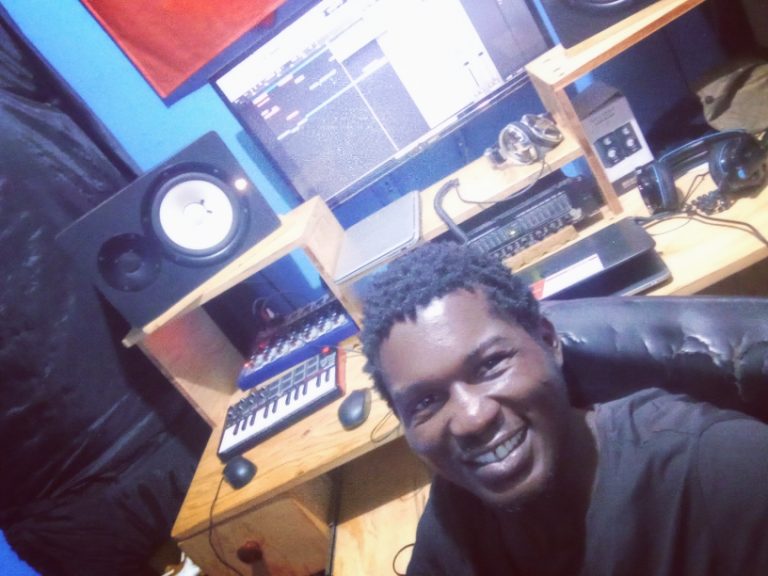Organising the talent
A good composer has high chances of making it on the music scene. At Aijuka Records, we are a home of creatives, some of whom have been scouted and others nurtured to where they are now. There is always a satsifying feeling when a talent expresses his message for exposure.
https://open.spotify.com/artist/191M47rMbTPXaQwG8qZMiE?si=0097c7106d7647ce







